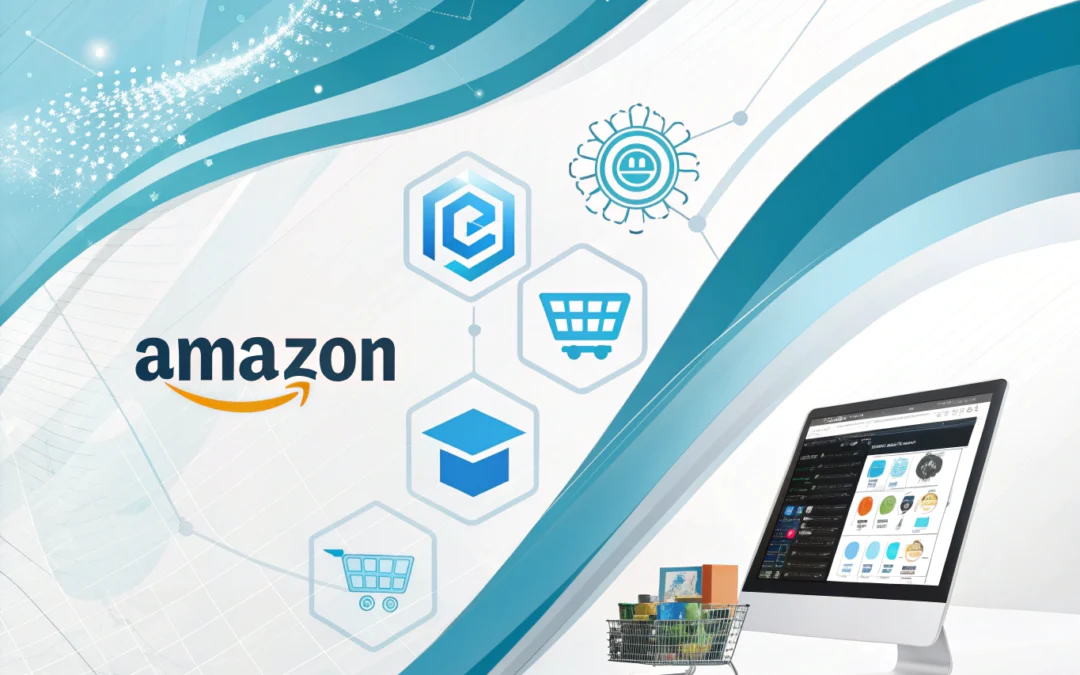Decoding the Amazon Marketplace: A Technologist’s Guide to Selling
Amazon can feel like the universe itself—vast, full of potential, and not entirely straightforward. The journey of selling an item on this platform is akin to navigating a new galaxy, where the rules of engagement are both technical and transformative. For those of you who are ready to embark on this journey, you might find this guide on how to sell an item on amazon to be an enlightening star map.
Understanding the Amazon Ecosystem
Before plunging into selling, it’s crucial to understand the ecosystem you’re about to enter. Think of Amazon as a dynamic, self-sustaining biosphere. It has its own set of practices, rules, and even quirks. As a seller, you’re not just placing a product on a digital shelf; you’re entering a marketplace driven by algorithms, consumer reviews, and a dash of unpredictability. The AI behind Amazon’s recommendation system is like a seasoned matchmaker, introducing your product to potential buyers with an eerie knack for knowing what they might like.
The Science of Product Listing
Creating a product listing on Amazon is both an art and a science. It’s like preparing for a first contact scenario. You must anticipate what your audience (in this case, potential buyers) wants to know, see, and feel. Your product title, description, and images are your communication tools. They must convey not just the utility of your product, but also its story. Remember, AI is your assistant here, not your overlord. Use it to optimize your listings with relevant keywords and compelling content, but don’t lose the human touch.
Pricing Strategies and Competition
Setting the right price is like tuning an instrument. It requires precision and an understanding of market dynamics. Your pricing strategy can make or break your Amazon endeavor. Analyze your competitors, factor in Amazon’s fees, and consider the perceived value of your product. The competitive landscape on Amazon is not static; it shifts like the sands of time, driven by trends, consumer preferences, and external economic factors. Stay agile and adjust your pricing as necessary.
Fulfillment and Customer Experience
Fulfillment is where the magic—or chaos—happens. Whether you choose Fulfillment by Amazon (FBA) or handle logistics yourself, understand that this aspect of your business is crucial. It’s not just about getting a package from point A to point B; it’s about ensuring that the customer experience is seamless. Think of it as the transporter in your sci-fi saga; it must be reliable, efficient, and leave no room for error.
Harnessing Reviews and Feedback
Customer reviews are the currency of trust on Amazon. They can propel your product into the stratosphere or bury it in the depths of obscurity. Encourage satisfied customers to leave positive reviews, but don’t shy away from constructive criticism. Use feedback as a tool for improvement, a way to refine your product and service. It’s like having a direct line to your audience’s thoughts and needs—priceless data for any technologist or entrepreneur.
Final Thoughts and Recommendations
As you venture into selling on Amazon, remember that the platform is both a challenge and an opportunity. Leverage the technology at your disposal, but keep your approach human-centered. Adapt, learn, and iterate. Start by optimizing your product listings with clear and compelling content. Use data analytics to inform your pricing strategies. Focus on delivering exceptional customer experiences and view feedback as a pathway to growth.
In this digital marketplace, you are the explorer and your product is the starship. Navigate wisely, and the Amazon galaxy can become your domain.
Checkout ProductScope AI’s Studio (and get 200 free studio credits)

